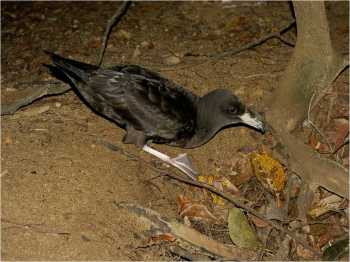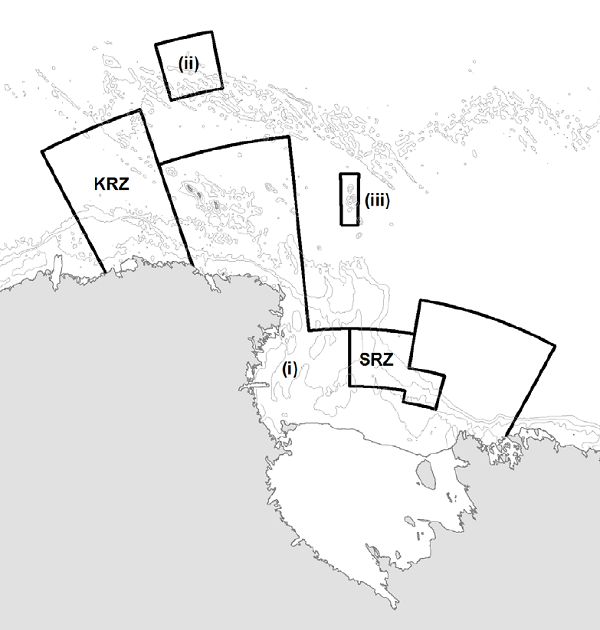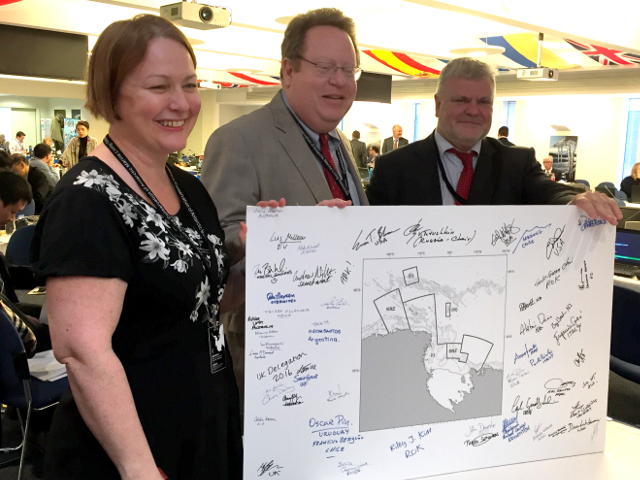Australia’s Lord Howe Island is infested with rats and plans have been in place since 2001 to rid the island of them, so as to leave its petrel and shearwater populations (and other wildlife) in peace (click here).
In 2012 the Australian Federal and News South Wales Governments announced that funding of AUD 4.5 million from each government had been made available for the eradication to go ahead, then set for 2015. In the event this did not happen due to divisions within the island community that slowed the process.
The latest news is that the Lord Howe Island Board has now applied to the Australian Government Minister for the Environment for approval under the Environment Protection and Biodiversity Conservation Act to undertake the eradication, currently intended to take place in the austral winter of 2017 by aerial poison bait drop.
In terms of the Act a Public Environment Report has first to be produced, with a draft now open for public comment until 2 December. ACAP Latest News will report on the outcome once further news is to hand.


Flesh-footed (left) and Wedge-tailed Shearwaters, photographs by Barry Baker and Alan Burger
Two shearwaters that breed on the island, the Flesh-footed Puffinus carneipes and Wedge-tailed P. pacificus, have been identified as potential candidates for listing within the Albatross and Petrel Agreement. The Lord Howe Island Group, 14.6 km² and approximately 700 km north-east of Sydney in the South Pacific, has been a World Heritage Site since 1982. Black Rats Rattus rattus first arrived on the island via a shipwreck in 1918 and have wreaked havoc ever since for nearly a hundred years. House Mouse Mus musculus are also present and will be targeted along with the rats
With thanks to Jonathon Barrington for information.
John Cooper, ACAP Information Officer, 04 November 2016

 English
English  Français
Français  Español
Español 



